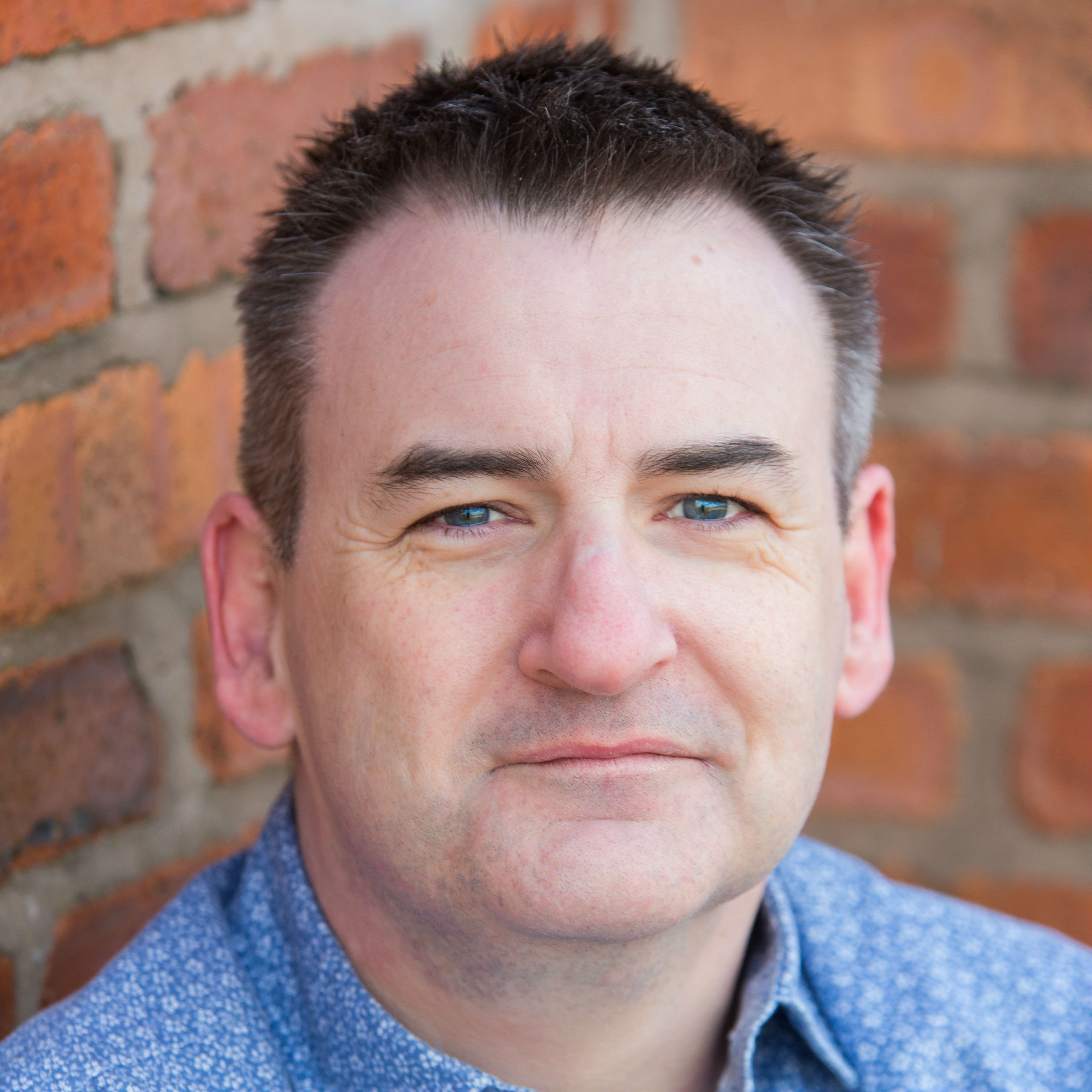Body focused repetitive behaviours BRFB are a group of normally self-grooming actions that are repeated compulsively or unconsciously. BFRBs include activities that we all might take part in on occasion. What separates BFRB though is its extent and its effect.
Not only is the activity carried out to a degree that can be harmful, it starts to affect the person's quality of life. That might be from the damage to the body caused by the repetitive behaviour, from feeling no longer in control, or from becoming socially withdrawn.
Body focused repetitive behaviours affect 1 person in 50 - around 1.3 million people in the UK. Normally starting in the early teens they affect men and women equally. Practically everyone affected will have attempted to break their habit, normally through willpower or conscious effort. This will meet with varying degrees of success, and relatively few people manage to change their behaviour without outside help.
What are some of the more common BFRBs that I might recognise?
The two most common body focused repetitive behaviours are hair pulling trichotillomania and picking at the skin dermatillomania . Hair pulling isn't necessarily from the scalp - eyebrows, eyelashes, and nasal hairs are typical subjects too.
About 1 in 6 people with trichotillomania will eat their hair after they have pulled it out trichophagia . This can have serious repercussions if hairballs, called trichobezoars, form in the stomach or in the bowel. For this reason people who eat their hair should seek medical advice if they experience any gastrointestinal problems, or develop a foul smell on their breath.
Skin picking, including hangnails and the scabs from previous picking, is also often seen with skin eating dermatophagia . This can extend to people biting and chewing or tearing off skin or scabs, normally from the hands. A less overt type of dermatophagia is lip and cheek biting, which can lead to ulcers, infections, and keratosis, where callouses form in the mouth.
Closely related to these are nail biting onychophagia , nail picking onychotillomania , and eating the parts bitten or pulled off ontychophagia . The final commonly seen BFRBs are nose-picking rhinotillomania and eating the results mucophagy , with the risk of damaging the lining of the nose and infection.
Is body focused repetitive behaviour a type of Obsessive Compulsive Disorder OCD ?
There is an element of compulsion in the repetitive behaviour but it isn't typically accompanied by obsessive or intrusive thoughts. That's a key distinction between BFRBs and OCD behaviours. In fact, BFRB actually has more in common with other addictive behaviours.
How do I stop skin picking or hail pulling?
A common experience amongst people with body focused repetitive behaviour is their sense of entering a trance state, and finding the behaviour soothing or calming. It's actually this familiarity with the trance state that can make people with BFRBs such good subjects for hypnosis. An experienced hypnotherapist will be able to use the trance to help you manage your emotional state and may teach you self-hypnosis as part of your treatment.
Primarily though they will be using hypnotherapy to increase your awareness of the behaviour when it's being carried out. They will use this in conjunction with techniques to recognise triggers, to manage anxiety, and to create and embed different responses. Your treatment should be as individual as you are, and reflect what works for and motivates you. There's no 'one size fits all' hypnotherapy package for body focused repetitive behaviours, but there is scope for them to be tackled successfully.

